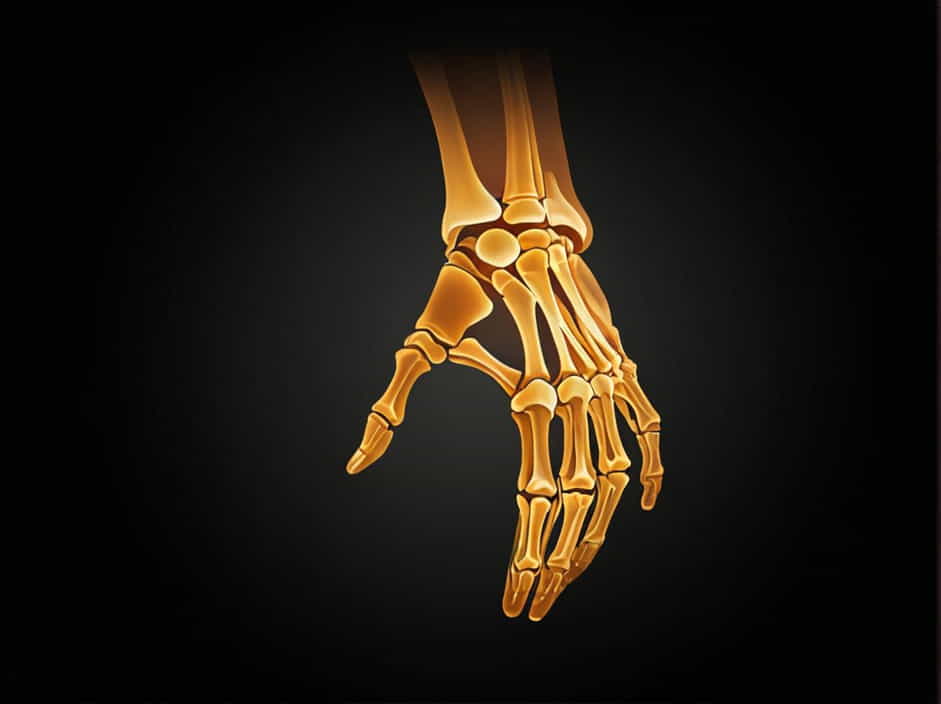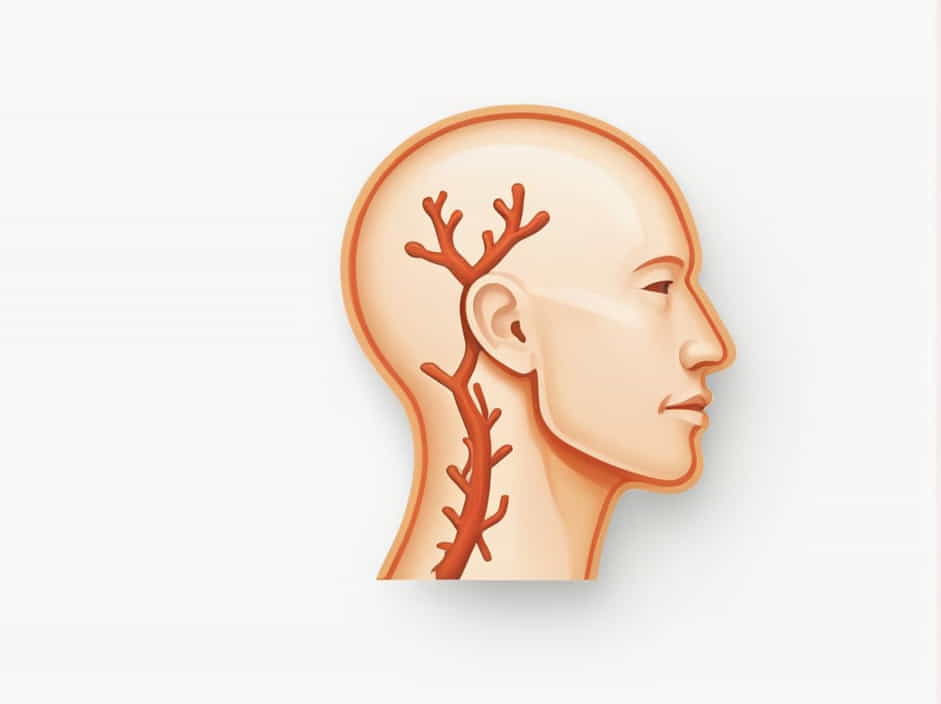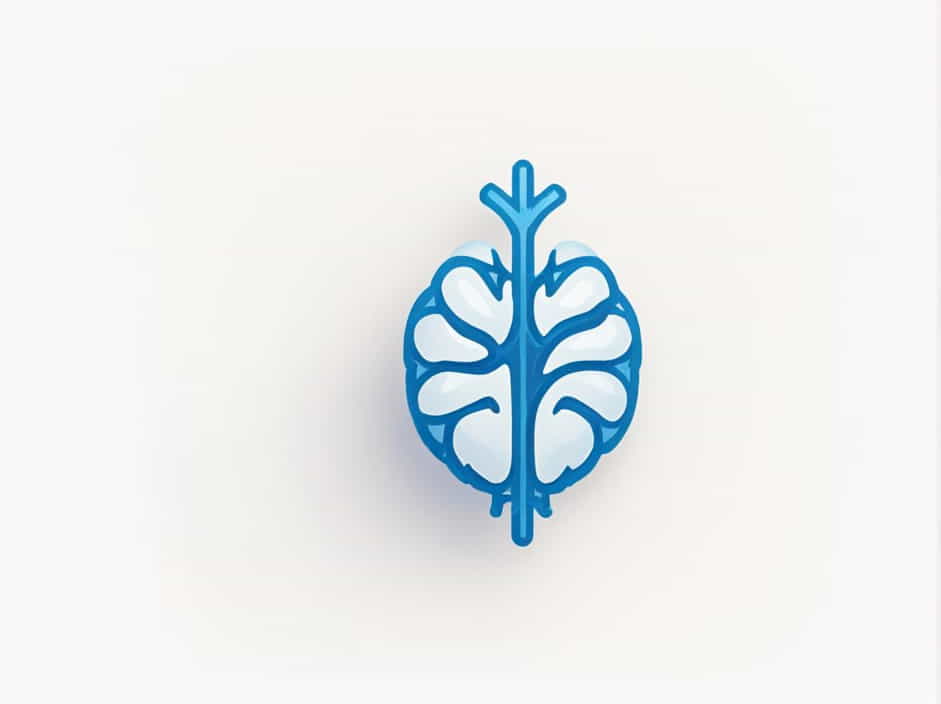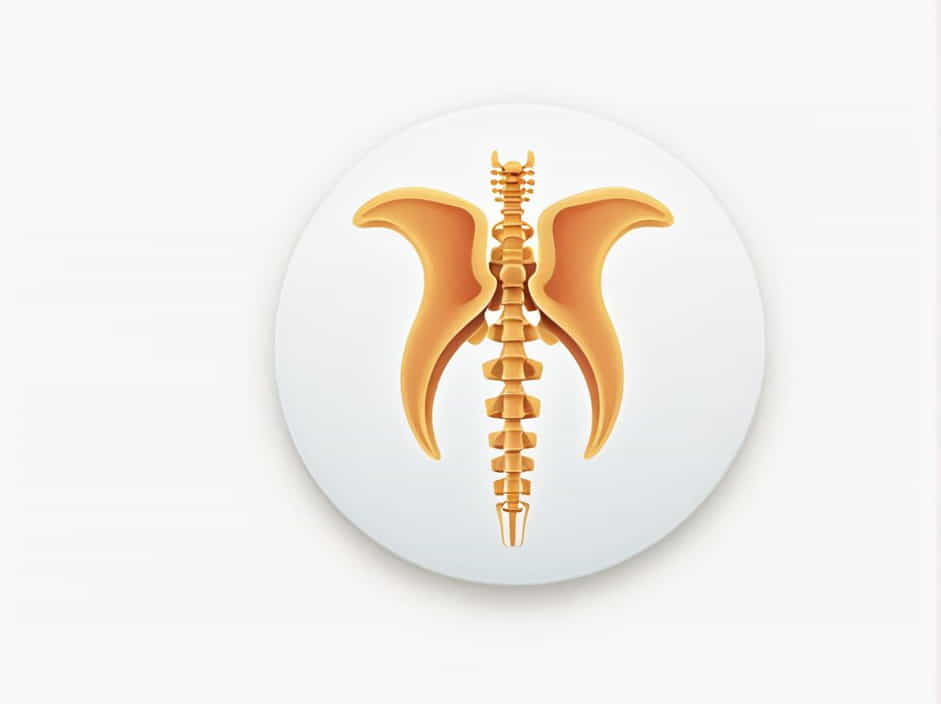Nasopalatine Canal Vs Incisive Canal
The nasopalatine canal and incisive canal are two important anatomical structures in the maxillofacial region. These terms are often used interchangeably, leading to confusion among students and professionals in dentistry, oral surgery, and radiology. Understanding their differences, functions, and clinical significance is crucial for diagnosing and treating dental and maxillary conditions. This topic explores the … Read more









